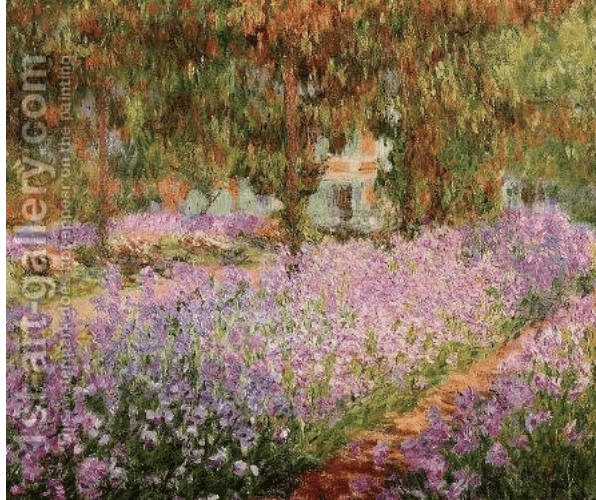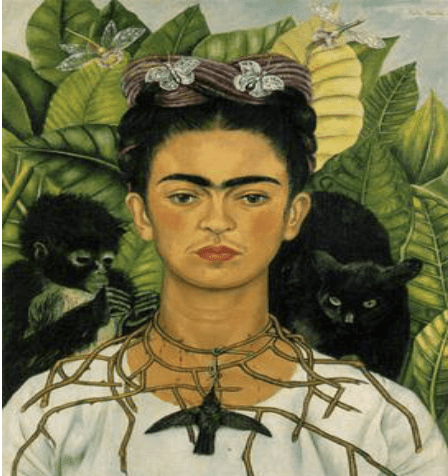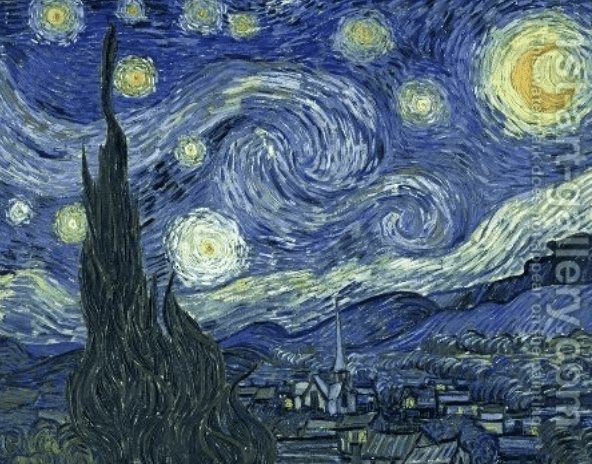Two individuals gazing deep into ‘Starry Night’ would have different tabs of thoughts enabled in their minds, mesmerized with their soft strokes and the intermingling of the shades of blue. Our minds are averages of the things we witness and the experiences we inhale so consequently everyone has a different angle with which they comprehend things.
Paintings are hence the most understood as well as misunderstood art form. For instance, Starry Night, a masterpiece that cannot be forgotten due to its many famous reproductions online have people rushing to conclusions with their own idea of the artist as well as the art where the truth is diluted.
So how do we read a painting?
Reading as an activity takes some analyzing and vigilance whether you’re reading a book or a painting. Reading a painting is close to reading a book since it also requires you to break down symbols and decipher what the artist is trying to communicate. Art is hence, open to interpretation which open portals to all types of views, those of approbation as well as of disapproval!
So, if lumbering in the emblazoned lanes of an art gallery, you lock eyes with a painting, follow the weathered road which is:
- Awaken your Visual Sense
The first step, as the name clearly suggests, concentrates on your visual senses. The tints, the material and the type of paints used are some of the things which your mind will register at first glance. These aspects tell you a little about the painting staring back at you as these choices have been deliberately made by the artist to feed you something or the other.

In this beautiful artwork ‘Irises in Monets Garden’ we are able to see a spectacular merging of colors. The clustered colors which catch our eyes have much deeply engrained meaning in the life of Monet.
- Careful observation
Now observing has more to do with attaching meaning to what we look at. It’s an act of reading into what you see. It’s a step ahead than looking where we just register in our minds whatever catches our eyes first.
Here, you need to stop and look at the hidden painting meanings which the artist is trying to get across. So take a long, deep breath and just dive in to find the secret of a painting.

If you gaze at the Self-portrait with a mockingbird and thorn necklace, you can decode many of the symbols here. While the mockingbird is a beacon of hope, we can see the prying eyes of the black cat as a foreboding. The thorn necklace also suggests some kind of restraints which could be a myriad of forms.
2. Process What’s Observed
This is the culminating step of this process where you finally make sense of whatever you’ve gathered previously. It’s almost like picking up the sorted out pieces of a puzzle and making a bigger picture.
Take the metaphors you’ve in your palm and derive the context from there to figure out the secret of a painting. The context often resides in the history of the artists, the trials and tribulations of their life as well as the time they were living in speak a lot about their work.
Let’s talk a look at the self-portrait with mockingbird and thorn necklace portrait again now, shall we?
The thorn necklaces suggest constraints standing for the artist’s own personal problems suffocating her like her marriage. They could also stand for the patriarchal constraints of the society in a non-egalitarian society which held back women from the mainstream. The mockingbird was the slight ray of hope in her life in the times of adversity which she was going through and the black cat suggested a lingering cloud of doom hovering over her head.
In an attempt to “read”, do people misread paintings too?
 A thousand times yes!
A thousand times yes!
Often people look at this and it gives hazy imagery of the night which many people have credited to the hallucinating mind of Van Gogh.
It’s a myth that ‘Starry Night’ was drawn by Gogh from the window of an asylum where his mind was playing tricks on him. But then again, not everyone is adept with the skill of absorbing the idea of a painting.
Van Gogh was a revolutionary Post Impressionist artist who seldom took the aid of his imaginative side and birthed novelty with mundane and cliched things which is exactly what was at action here.
Wrapping it up!
The ideals of Romanticism which are circled around imagination distinguish the differences between seeing, observing and processing which are applied here to decode the inherent painting meanings. Reading a painting needs exactly that and sometimes, even that isn’t enough for art is boundless like the ocean.
Art isn’t like us, humans, it doesn’t discriminate where reading comes into play but it’s only up to us what we absorb from it which continues to live within us forever.







